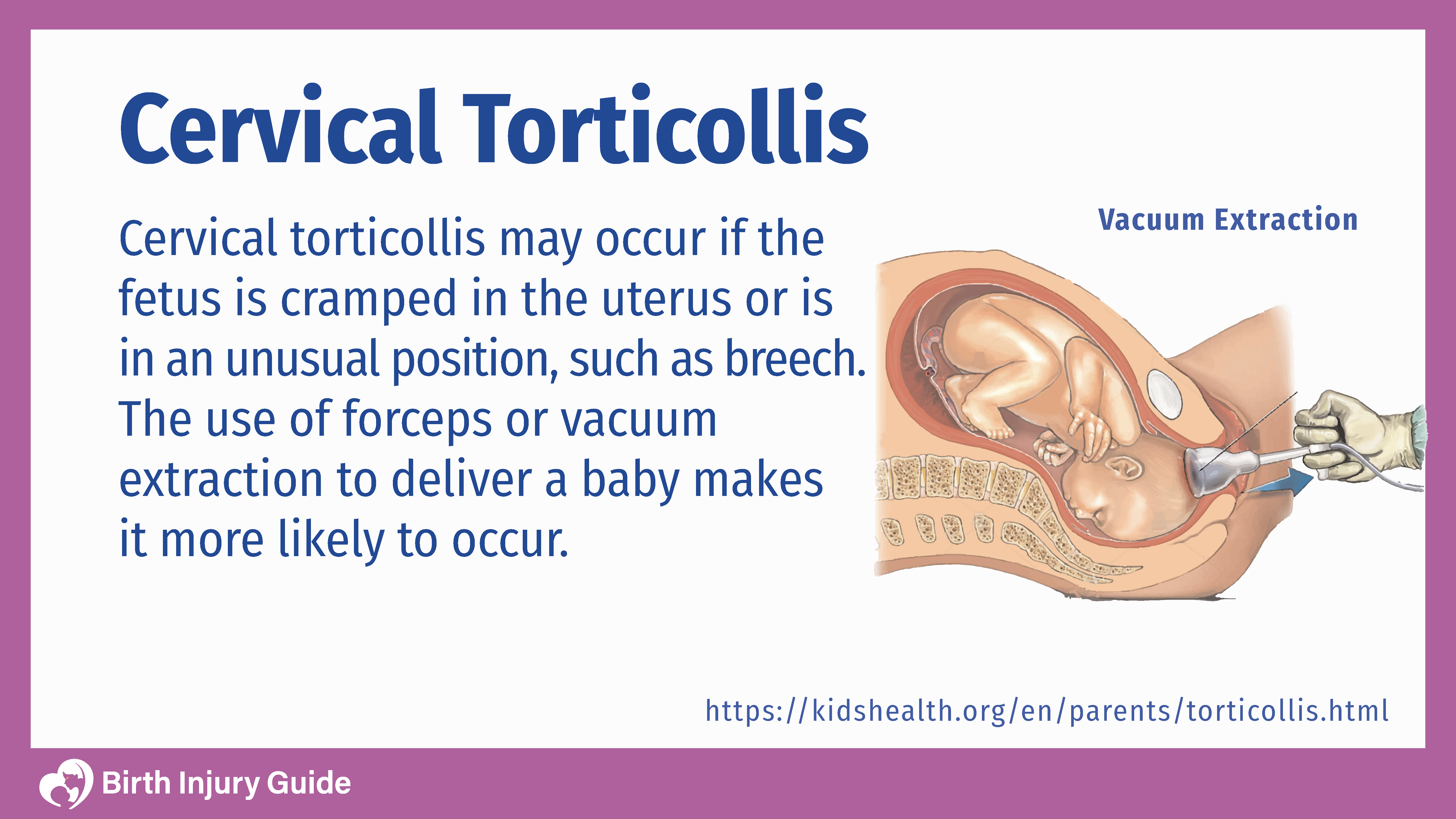
Infant Cervical Torticollis
Infant cervical torticollis – also called cervical dystonia or spasmodic torticollis – is a neurological medical condition in which a baby’s neck muscles contract and spasm involuntarily, causing the baby’s head to appear “stuck” turned to one side. When the neck muscles contract, it results in the baby’s head moving to one side and forwards and backwards. This can cause mild to intense pain.
What is Cervical Torticollis?
Cervical torticollis can happen at any age, but when it occurs in infants, it is often associated with abnormal fetal position (breech) or other complications of delivery. When an infant has cervical torticollis, his or her neck muscles contract involuntarily. This can cause the head to tilt forward or backward, and the infant has no control over the movement.
There is no cure for cervical torticollis, but there are treatment options that can help manage symptoms and reduce pain.
Causes and Risk Factors for Infant Torticollis
In some cases, doctors are unsure what causes cervical torticollis. However, according to the National Institutes of Neurological Disorders and Strokes (NINDS), infant cervical torticollis can be the result of birth injuries that cause hypoxia and neonatal brain hemorrhaging. This is very rare, however.

Shoulder dystocia, for example, occurs when an infant’s shoulders are stuck against the mother’s pelvic bone during labor and delivery. If the baby stays lodged for too long, there is a heightened risk of hypoxia. If physicians pull too roughly in an attempt to get the baby out quickly, they may end up causing injuries to the infant’s head and neck, which can also lead to cervical torticollis. In such cases, the baby’s shoulder may pop, which can be scary for parents.
Brachial plexus injuries have also been associated with infant cervical torticollis. Per the United Brachial Plexus Network (UBPN), spasmodic torticollis is often associated with brachial plexus injuries, which involve damage to the brachial plexus, a network of nerves that run from the spine to the shoulders, arms and armpits.
In addition, certain infections, trauma, stroke and medications have been linked with cervical torticollis.
Symptoms of Infant Cervical Torticollis
Aside from abnormal head positioning, infants with cervical torticollis may also exhibit the following symptoms:
- The chin pulling straight up, down, or towards the shoulder
- One ear leaning towards the shoulder on the same side
- Jerking head motion
- Fatigue
Treatment Options
Although there is no cure for infant cervical dystonia, there are a number of treatment options that help babies live more comfortably, including:
- Medications, such as muscle relaxants and pain relievers.
- Therapy is the most useful treatment, as it helps ease symptoms through strength training exercises, flexibility techniques and stress management.
- Surgical procedures, such as selective denervation surgery, which include cutting the nerves and muscles that are creating the dystonia
A few home remedies that may help include ensuring that the baby is getting adequate rest, heating packs on the neck, and sensory touching.
Prognosis for Infant Torticollis
The extent of your child’s injury, along with any other medical conditions, will determine his or her prognosis. In infants, cervical torticollis generally heals well and with few, if any, complications.
As children get older, the prognosis can change. Depression is a major concern as children with cervical torticollis are often limited in certain physical activities. It’s important to provide strong emotional support. In some cases, counseling and therapy sessions help.



